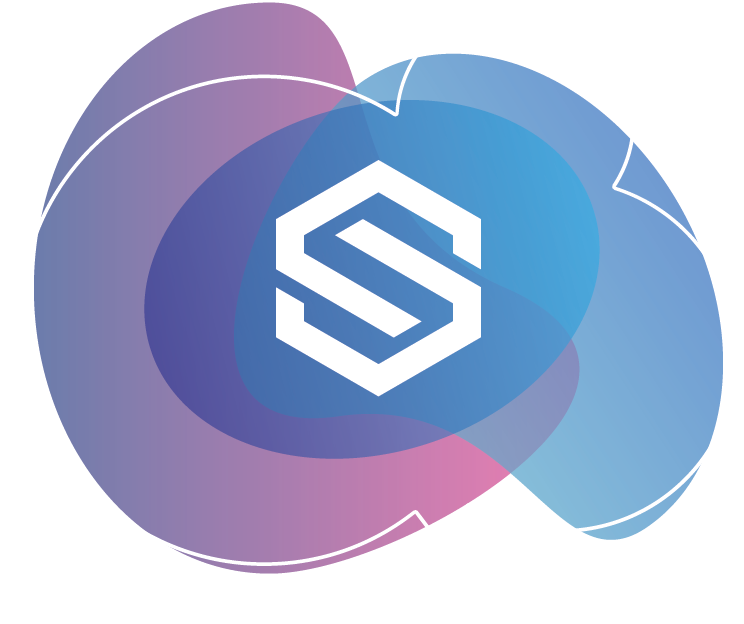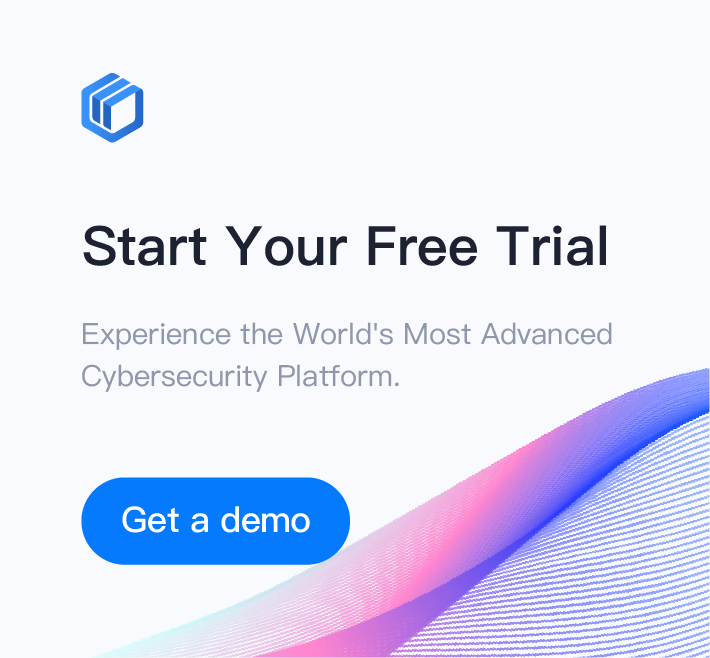 back
backIn an age where data security is critical for both businesses and individuals, file encryption has become a cornerstone of digital protection. Whether it’s sensitive corporate data, confidential client documents, or personal records, safeguarding your files through reliable encryption software is no longer optional—it’s essential. With hundreds of options on the market, choosing the right encryption tool can be overwhelming. This article explores 10 of the best file encryption applications in 2025, trusted for their functionality, usability, and security.

Why File Encryption Matters in 2025
Cyber threats continue to evolve, and traditional network defenses are no longer enough. File-level encryption adds a powerful layer of security by ensuring that even if unauthorized access occurs, the content remains unintelligible without the correct credentials. For enterprises, encryption is also a key requirement in achieving compliance with data protection regulations like GDPR, HIPAA, and ISO/IEC 27001.
Beyond compliance, modern file encryption tools are designed to integrate smoothly with workflows, allowing teams to collaborate without compromising data confidentiality. Features like access control, user behavior auditing, and external sharing permissions have become essential for effective enterprise use.
Recommended File Encryption Software for 2025
Ping32 is one of the most robust file encryption systems available in 2025, particularly popular among enterprises in finance, healthcare, R&D, and government sectors. Developed by a leading cybersecurity vendor in Asia, Ping32 provides comprehensive document encryption with seamless integration into Windows environments.
Unlike many basic tools, Ping32 offers transparent encryption, meaning files are encrypted automatically and remain usable without changing the user’s workflow. It also supports authorization-based decryption, ensuring that only approved personnel can unlock protected documents, with all decryption actions traceable via audit logs.
What sets Ping32 apart is its fine-grained permission control—administrators can specify who can open, modify, copy, or print encrypted files. Its centralized management console allows organizations to enforce encryption policies across all endpoints. Additionally, it supports secure external sharing, allowing files to be accessed securely by third parties through authorized viewers.
For enterprises looking for a mature and reliable encryption system with DLP capabilities, Ping32 is a top-tier choice.
In 2025, protecting your digital assets requires more than antivirus software or firewalls—file encryption must be part of your core strategy. Whether you’re managing a large enterprise network or working remotely as an individual, the tools listed above provide various levels of control and protection to meet your specific needs.
How Secure Is File Encryption?
The security of file encryption depends on several factors:
-
Strength of the encryption algorithm: For example, AES-256 is widely considered a highly secure encryption standard.
-
Key management practices: Even with strong algorithms, poor key handling can compromise the entire encryption scheme.
-
Context and implementation: Encryption must be part of a broader security strategy, including endpoint protection, access control, and audit logging.
-
Resistance to brute-force attacks: Modern encryption standards, when implemented properly, are virtually unbreakable without the decryption key — requiring years or even centuries of computation.
File encryption is a fundamental pillar of data protection. In today’s environment of escalating data breaches and security threats, encryption is no longer optional — it’s essential. When combined with strong key management and endpoint control, file encryption offers robust protection for your digital assets and sensitive information.
For enterprise-grade security, Ping32 stands out as a comprehensive solution that balances usability, scalability, and compliance. Make data protection a priority this year by choosing the encryption tool that aligns best with your security goals.






 Contact
Contact





































 4 min
4 min 






